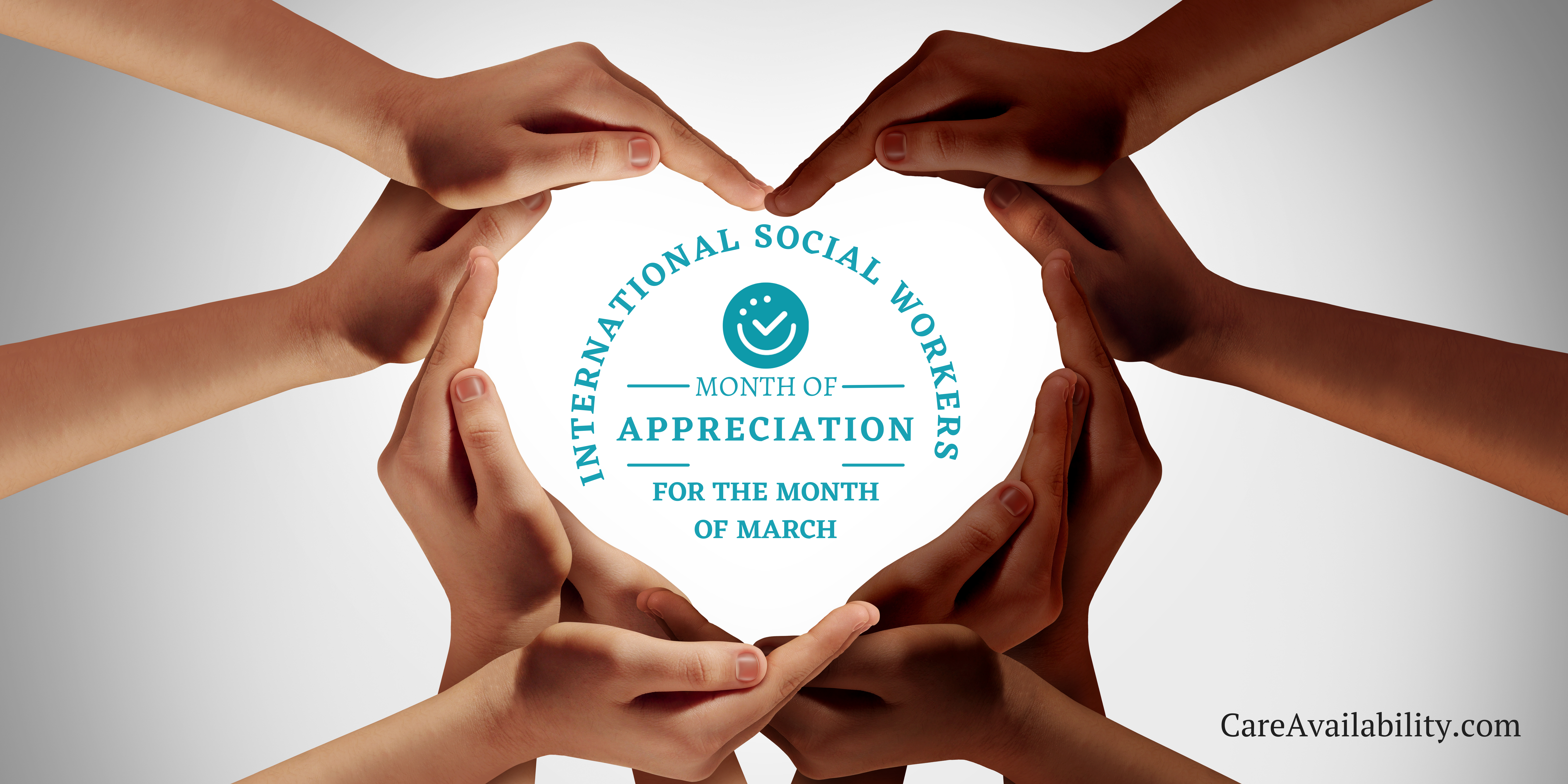Aging in Place: Creating a Safe and Comfortable Home for Seniors
Welcome to our guide on aging in place, where we focus on helping you create a safe and comfortable home for seniors. It’s no secret that as we age, our needs change, and a happy retirement often means having a living space tailored to those unique requirements. Whether you’re a senior citizen or looking after a loved one, this article is packed with practical tips and compassionate advice, ensuring the golden years are spent in a secure and cozy environment. By the end of this read, you’ll be well on your way to creating a safe and comfortable home for seniors, paving the way for a serene and joyful living experience.
Understanding the Needs of Seniors at Home
Navigating through the senior years brings a unique set of challenges, and understanding these is key to creating a supportive home environment. As mobility might become limited, simple tasks can turn into daily hurdles. Health issues, too, often become more common, making safety a top priority.
It’s crucial to recognize that a senior’s home needs to be more than just safe. It must feel welcoming and nurturing. That means considering both physical and emotional needs. Physically, you might need to adjust furniture or install safety features. Emotionally, creating a space filled with warmth and memories can make all the difference.
At the same time, if you or your loved one is considering a move in these golden years, it’s vital to plan a safe relocation for older adults, especially if it involves moving cross country. This significant change requires careful thought to ensure comfort and familiarity in a new setting.
Essential Home Modifications for Safety
Creating a safe and comfortable home for seniors is crucial, and essential home modifications play a vital role in this process. By making some key changes, you can significantly reduce the risk of accidents and enhance the overall safety of the home.
Preventing Trips and Falls
- Secure Rugs and Carpets: Ensure all rugs and carpets are firmly attached to the floor or removed to prevent tripping.
- Install Handrails: Adding handrails on both sides of staircases provides extra support and balance.
Enhancing Bathroom Safety
- Add Grab Bars: Grab bars can be very useful in the shower, bathtub, and near the toilet to help prevent falls in these slippery areas.
- Use Non-Slip Mats: You can use non-slip mats inside and outside the shower or bathtub to provide stable footing.
Improving Accessibility
- Install Ramps: For homes with steps at the entrance, installing a ramp can make coming and going much easier.
- Adjust Counter Heights: Lowering kitchen and bathroom counters can make them more accessible for those who may be wheelchair users.
Ensuring Adequate Lighting
- Upgrade Lighting Fixtures: Ensure all home areas are well-lit, especially hallways, staircases, and bathrooms.
- Add Motion-Sensor Lights: These can be particularly helpful in areas like the bathroom or hallway for nighttime navigation.
Creating a Comfortable Living Space
Creating a home that’s not just safe but also comfortable and inviting is crucial for seniors. A well-thought-out living space can greatly enhance the quality of life, providing a sanctuary of warmth and familiarity.
Foster a Cozy Environment
A comfortable home is a place of refuge. Opt for soft furnishings, plush throws, and cushions. Ensure seating is both supportive and easy to get in and out of. The ambiance created by these elements can make a significant difference in how a senior feels in their space.
Adjust Furniture and Décor
Make necessary adjustments to furniture placement to ensure clear pathways, reducing the risk of falls. Choose décor that brings joy and comfort, perhaps incorporating cherished mementos or family photos. These personal touches beautify the space and provide a sense of connection and history.
Create Social Spaces
Encourage social interactions by creating inviting areas where family and friends can gather. Having a designated visit space can boost a senior’s mood and contribute to their emotional well-being.
Finding Quality Home Health Care
If additional support is needed, finding quality home health care can be a crucial aspect of creating a comfortable living space. Knowing that reliable help is close can provide peace of mind for seniors and their families, enhancing the overall sense of comfort and security at home.
Incorporating Technology for Convenience and Safety
As we embrace the modern age, technology can be a game-changer for seniors at home. It’s about using the latest gadgets and integrating tools that make life easier and safer.
Medical Alert Systems
These systems are vital for creating a safe and comfortable home for seniors, providing a direct line to help in an emergency. With just the push of a button, assistance is on the way, offering peace of mind to the seniors and their loved ones.
Automated Lighting
Smart lighting systems can be programmed to turn on and off at specific times or be controlled remotely, ensuring the home is well-lit when needed. That is crucial in preventing falls and making navigation through the home easier and safer.
Voice-Activated Assistants
Devices like Amazon Echo or Google Home can be invaluable for seniors, allowing them to control various aspects of their home, set reminders for medication, or simply provide companionship through music or audiobooks. These assistants contribute significantly to creating a safe and comfortable home for seniors.
Tips for Ongoing Maintenance and Support
Maintaining a safe and comfortable home for seniors isn’t just a one-time task. It’s an ongoing commitment that requires consistent effort, awareness, and support.
Regular Home Maintenance
Every home, regardless of its occupants, demands upkeep. For senior residences, it’s essential to check regularly that safety modifications remain intact and effective. That might involve inspecting grab bars, testing stair lifts, or ensuring that pathways remain clear of obstacles. Alongside these, ensuring lighting fixtures work well and keeping living spaces clutter-free becomes imperative. Through routine maintenance checks, potential issues can be spotted and addressed early.
Building a Strong Support Network
The value of a robust support system cannot be understated. Whether it’s family who drop by to check in, friends who assist with chores, or neighbors who lend a helping hand, these relationships are lifelines. They not only ensure the physical well-being of seniors but also cater to emotional and social needs.
Tapping into Professional Help and Resources
There might come a time when additional support becomes necessary. That is where understanding long-term care becomes vital. By exploring these options, seniors and their families can identify services that provide specialized care, routine check-ups, or companionship. It’s all about finding the right balance that allows seniors to remain independent while receiving the necessary care.
Stay Proactive and Informed
It’s essential to remain proactive. Regularly educate yourself on new technologies or services that can benefit seniors. Attend community seminars or workshops that focus on senior care. The more informed you are, the better equipped you’ll be to ensure a safe, comfortable, and nurturing environment for your loved ones.
Turning Golden Years into Platinum Moments
We’ve explored creating a safe and comfortable home for seniors, ensuring they can enjoy their golden years with peace of mind. Remember, the goal is not just to create a secure space but also one that radiates warmth and familiarity. By integrating practical home modifications, incorporating helpful technology, and maintaining a strong support network, we pave the way for a living environment that truly feels like home. So, take these tips to heart and create a safe and comfortable home for the seniors in your life, making their well-being and happiness a top priority.








